Watch as I show you how to make a one-pan wonder for almost any dish with Browned Butter! That’s right, this simple technique transforms regular butter into something truly magical with deep, nutty, flavor. Even better, it only takes a few minutes on the stove!

Table of Contents
Whether you’re giving your cookie recipe an upgrade or trying to add a touch of sophistication to a main meal with a rich sauce, browned butter is the easiest way to bring bakery and restaurant-quality flavor to your everyday baking and cooking.
Browning butter is so much more than the melting of butter. When you gently cook it past the melting point, the milk solids sink, toast, and release an irresistible nutty aroma. That subtle caramelized flavor adds richness and depth to both sweet and savory dishes. Use it in recipes like this Sweet Potato Gnocchi with Browned Butter Sauce, Browned Butter Mashed Potatoes, Homemade Buffalo Wing Sauce, Easy Béarnaise Sauce, Greek Yogurt Coffee Cake, or these Caramel Apple Tartlets.
So what do you need to make this browned butter? Just butter and a pan, plus a little attention so you don’t let it burn! With one ingredient and a few minutes of your time, you can transform an endless list of savory dishes and sweet treats. Ready to level up? Let’s go!

- Butter – I’ve used unsalted butter, but you can use salted butter instead. Always use high-quality butter since it’s the key and only ingredient!
How to make it

Step 1
Brown the butter on the stovetop
- Melt the butter in a heavy, large saucepan over medium heat. Cook until the butter solids are golden brown, swirling the pan occasionally, about 5 minutes.

Step 2
Transfer the butter to a heat-proof bowl
- Immediately transfer the browned butter to a heat-proof bowl or glass container to stop any further cooking.
- Add it to your savory dish or allow it to cool for sweet treats.
Ways to use browned butter
Once you’ve made a batch of browned butter, you’ll want to spoon it over everything, and the great news is that you can! Here are a few delicious ways to put it to work right away:
- Homemade Salted Caramel Sauce Recipe: Swap in browned butter for regular butter to add rich, nutty depth to your caramel sauce that will instantly elevate any dessert.
- The BEST Zucchini Bread Recipe: Use browned butter in place of regular butter or oil to take your quick bread to the next level.
- Cream Cheese Blondies: Replace the unsalted butter in this blondie batter with browned butter for an extra layer of toasty, nutty flavor that pairs perfectly with the rich cream cheese.
Tips and tricks
- Cut the sticks of butter into smaller pieces for even cooking.
- Allow the butter to sit at room temperature for about 20-25 minutes before heating it in the pan. If the butter is too cold from the fridge or if it is frozen, it will splatter and burn easily.
- Use a light pan so that you can see when the butter is browning.
- Melt the butter over medium heat to ensure that it cooks evenly to achieve the desired browning.
- Keep a close watch on the butter as browned butter can turn to burnt butter very quickly.
- You will know that the butter is done browning when some of the foam in the melted butter begins to dissolve and brown specks (toasted milk solids) appear on the bottom of the pan.
- Stop the butter from cooking further by immediately removing it from the hot pan and transferring it to a heat-proof bowl or glass jar. If left in the pan, it will continue to cook and potentially burn.
- Scrape all the brown specks out of the pan along with the melted butter as these toasted milk solids hold the most flavor. Don’t strain them out of the browned butter.
- Always measure the browned butter for recipes as there will naturally be some moisture lost from the evaporation while the butter cooks.
- Stir the melted butter regularly while on the stovetop so that it cooks evenly.
- Don’t bake with hot browned butter as this will affect the sugar and other ingredients, causing them to dissolve too quickly and ultimately changing the texture and structure of your baked goods.





Serving suggestions
Browned butter adds a rich, nutty depth to any dish. While it’s tempting to just enjoy it by the spoonful on its own, it’s even better when paired with simple, flavorful dishes like:
Storing
Browned butter will naturally solidify when it returns to room temperature. Once solidified, wrap it tightly in plastic wrap and store it in the fridge for up to 2 weeks or in the freezer for up to 3 months.
You can pour the browned butter into an ice cube tray to freeze. Once frozen, transfer the cubes to a sealable freezer bag or container.
Gently reheat your stored browned butter in a pan over low heat.

If you loved this browned butter, I would appreciate it so much if you would leave a ⭐️star review⭐️! Also, be sure to snap a picture of your finished dish and share it with me on Instagram using the hashtag #platingsandpairings and tagging me @platingsandpairings.
For more great Platings & Pairings recipes, be sure to follow me on Pinterest, Facebook, YouTube, Twitter, and TikTok.
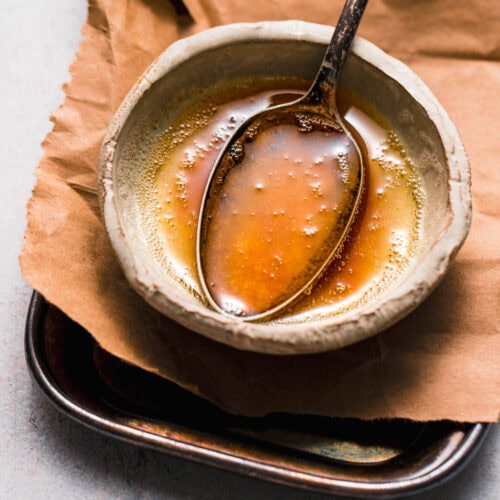
Full Recipe
Browned Butter
Equipment
Ingredients
- 1 cup unsalted butter (2 sticks)
Instructions
- Melt butter in a heavy, large saucepan over medium heat. Cook until butter solids are golden brown, swirling pan occasionally, about 5 minutes.
- Note: Don’t stir the butter too much or it will prevent it from browning. Keep an eye on it so that it doesn’t burn.
Notes
- Browned butter will naturally solidify when it returns to room temperature. Once solidified, wrap it tightly in plastic wrap and store it in the fridge for up to 2 weeks or in the freezer for up to 3 months.
- You can pour the browned butter into an ice cube tray to freeze. Once frozen, transfer the cubes to a sealable freezer bag or container.
- Gently reheat your stored browned butter in a pan over low heat.
- Cut the sticks of butter into smaller pieces for even cooking.
- Allow the butter to sit at room temperature for about 20-25 minutes before heating it in the pan. If the butter is too cold from the fridge or if it is frozen, it will splatter and burn easily.
- Use a light pan so that you can see when the butter is browning.
- Melt the butter over medium heat to ensure that it cooks evenly to achieve the desired browning.
- Keep a close watch on the butter as browned butter can turn to burnt butter very quickly.
- You will know that the butter is done browning when some of the foam in the melted butter begins to dissolve and brown specks (toasted milk solids) appear on the bottom of the pan.
- Stop the butter from cooking further by immediately removing it from the hot pan and transferring it to a heat-proof bowl or glass jar. If left in the pan, it will continue to cook and potentially burn.
- Scrape all the brown specks out of the pan along with the melted butter as these toasted milk solids hold the most flavor. Don’t strain them out of the browned butter.
- Always measure the browned butter for recipes as there will naturally be some moisture lost from the evaporation while the butter cooks.
- Stir the melted butter regularly while on the stovetop so that it cooks evenly.
- Don’t bake with hot browned butter as this will affect the sugar and other ingredients, causing them to dissolve too quickly and ultimately changing the texture and structure of your baked goods.
- Salted brown butter – Whether you use salted or unsalted butter depends on what you are using this butter for. I recommend unsalted browned butter for incorporating into your baking. Salted butter is a delicious alternative for making savory and rich sauces or gravy.
- Make a double batch – Easily make a double batch of browned butter by simply doubling the butter called for in this recipe, if needed. Keep in mind that more butter will require an extended cook time. Likewise, less butter will require a reduced cook time.
- Savory variations – Mix in some chopped herbs, minced garlic, lemon juice or zest, finely minced shallots, or savory seasonings and spices.
- Sweet variations – Mix in a splash of vanilla extract, maple syrup or honey, cinnamon, and a pinch of brown sugar.




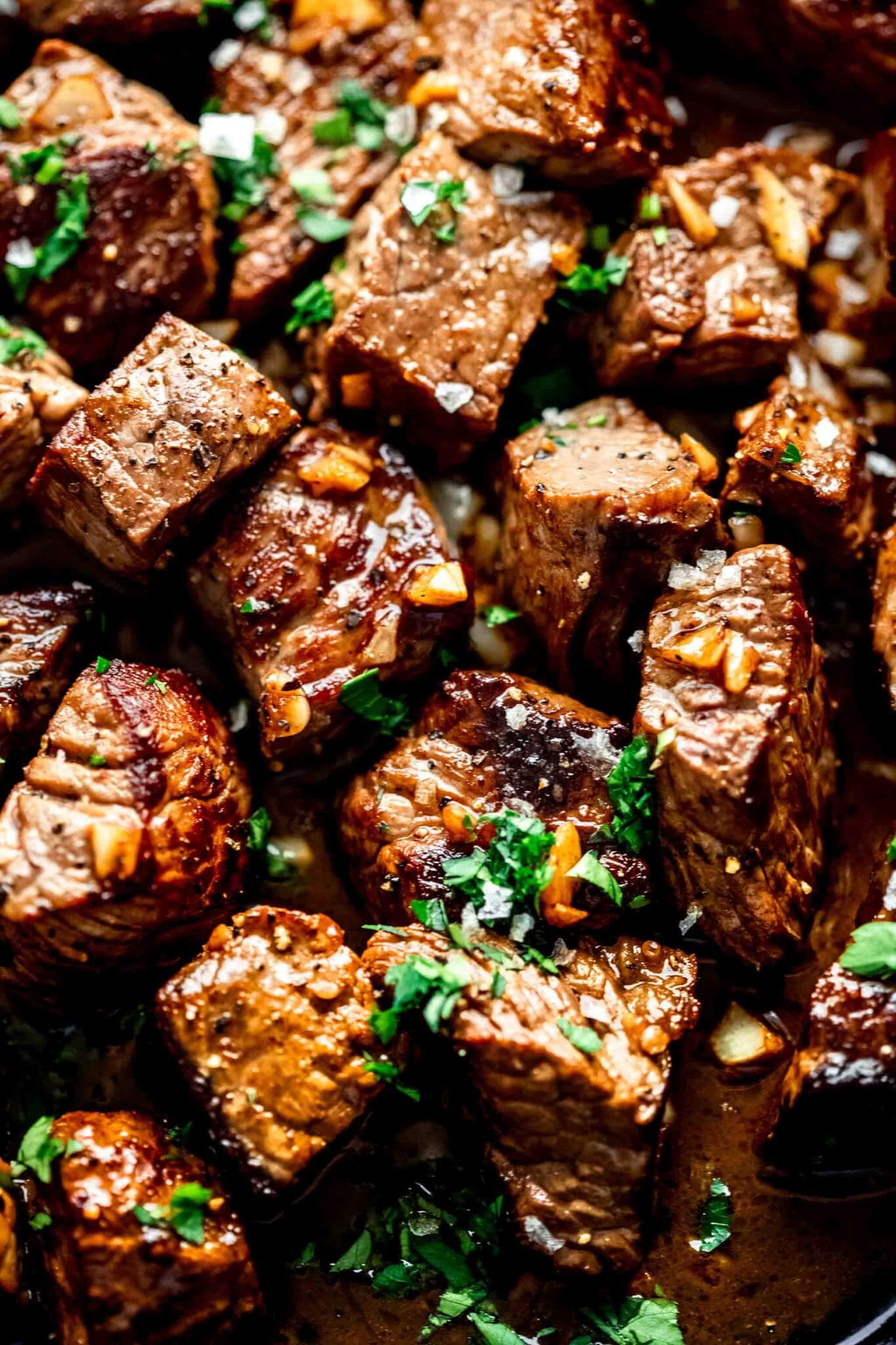





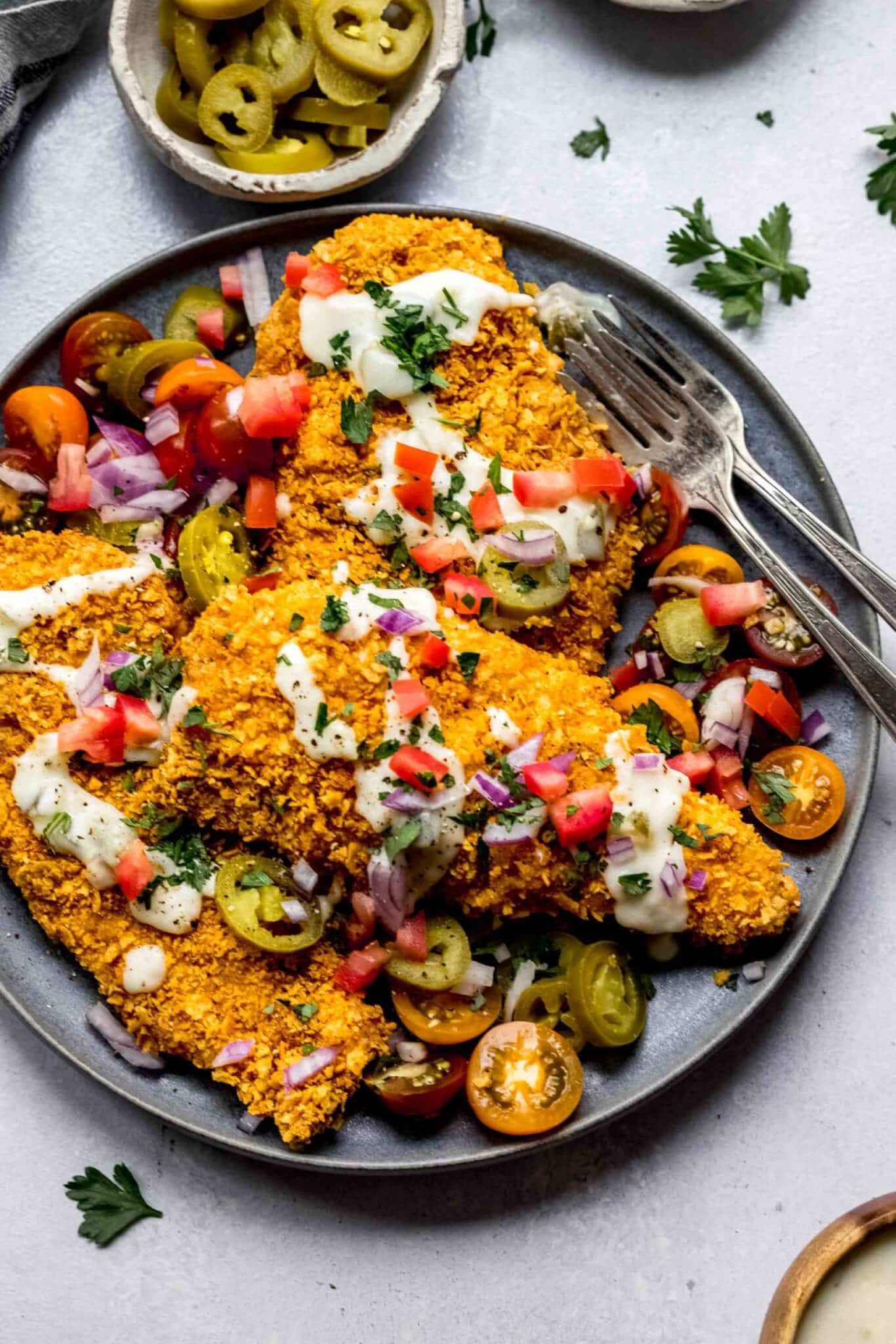
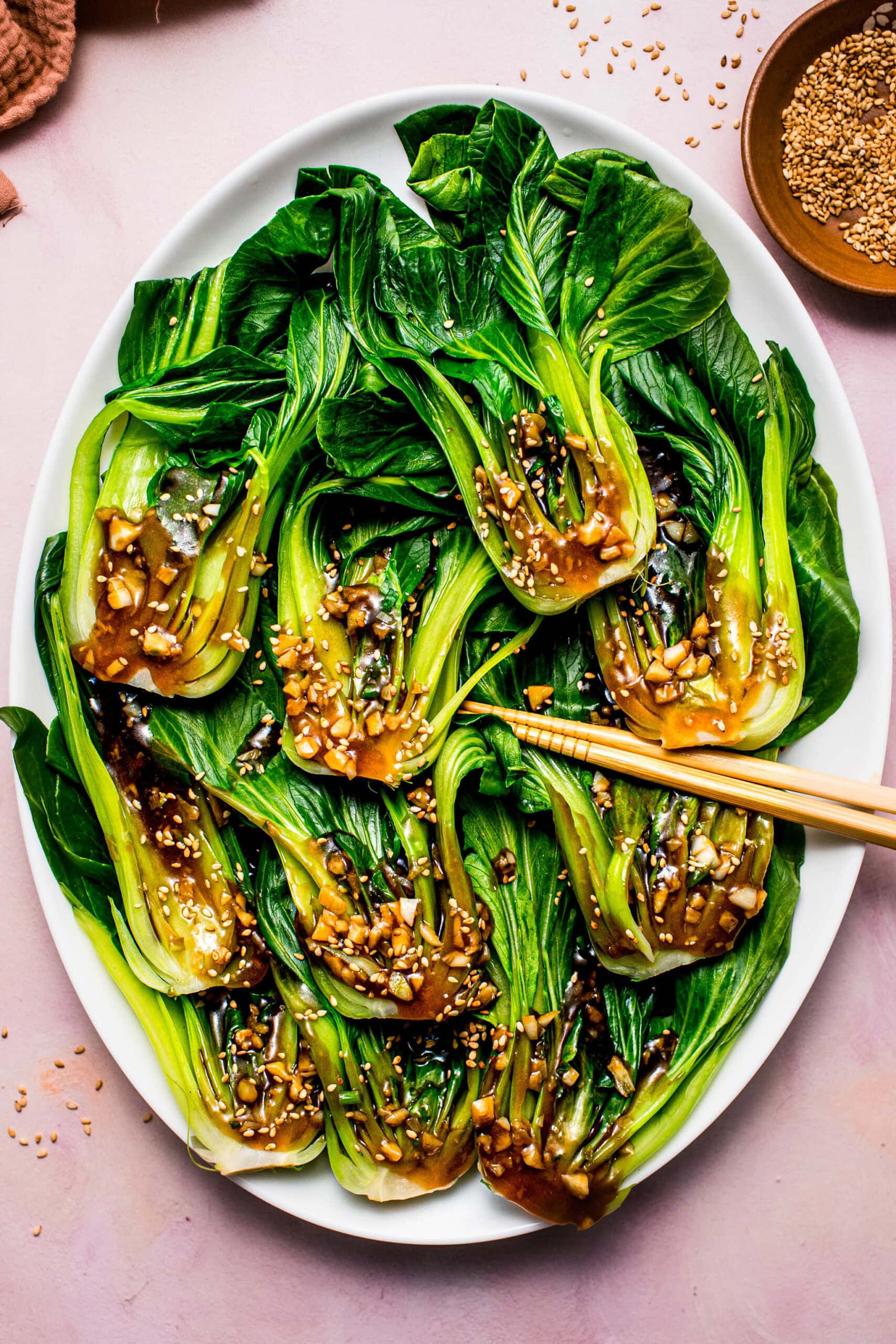


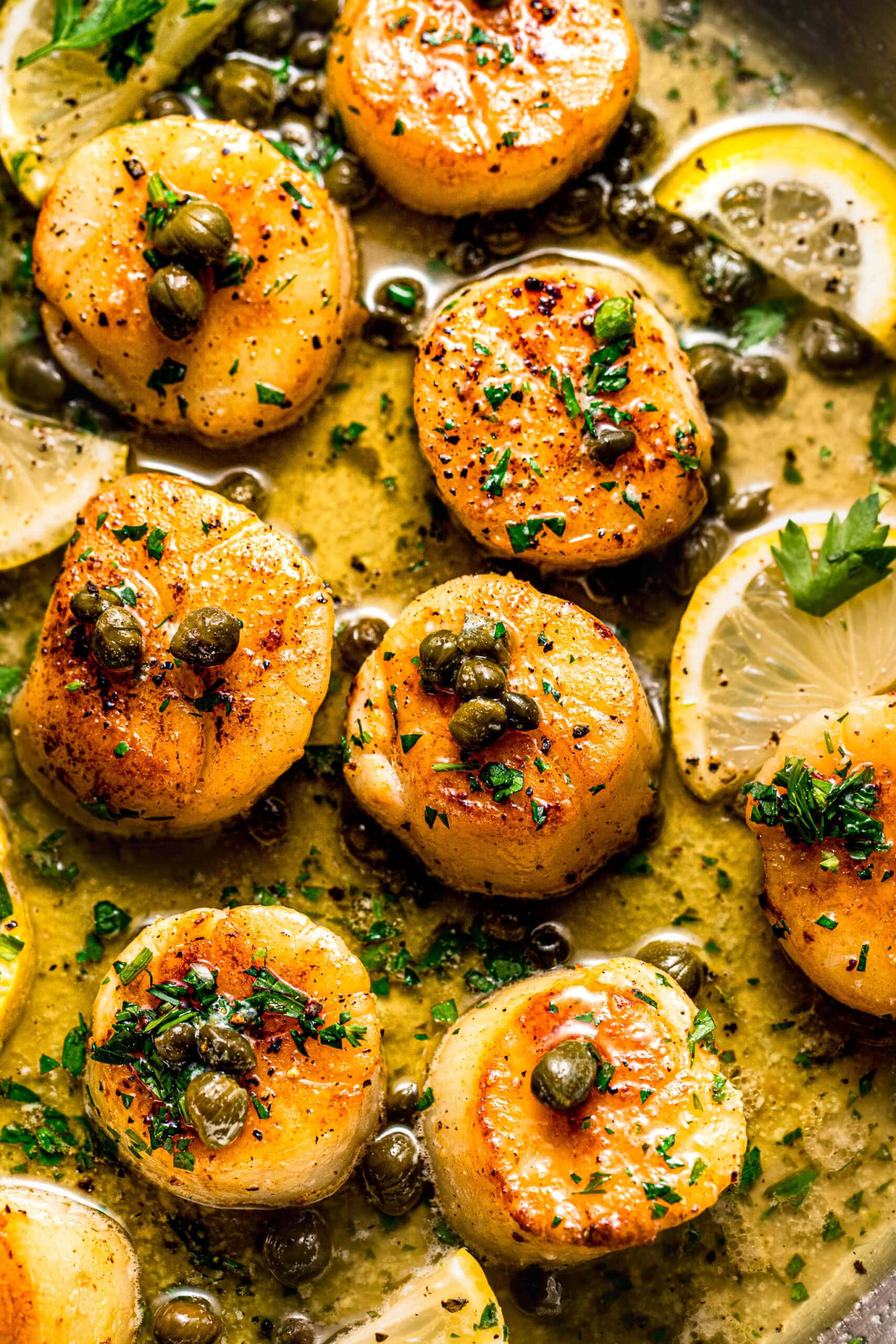

Leave a Reply